Big cat breeding programs have long been at the center of both controversy and acclaim within wildlife conservation circles. Designed primarily to preserve endangered species, these initiatives also face criticism for their treatment of animals and the authenticity of their conservation goals. This article aims to delve into the multifaceted world of big cat breeding programs, exploring both their successes and the controversies they face.
Understanding Big Cat Conservation

The conservation of big cats, such as tigers, lions, leopards, and cheetahs, is crucial as these species face extinction due to looming threats like habitat loss, poaching, and human-wildlife conflict. The role of breeding programs is to maintain genetically viable populations that can potentially be reintroduced into the wild or, at the very least, act as a genetic reservoir for dwindling wild populations.
The Goals of Breeding Programs
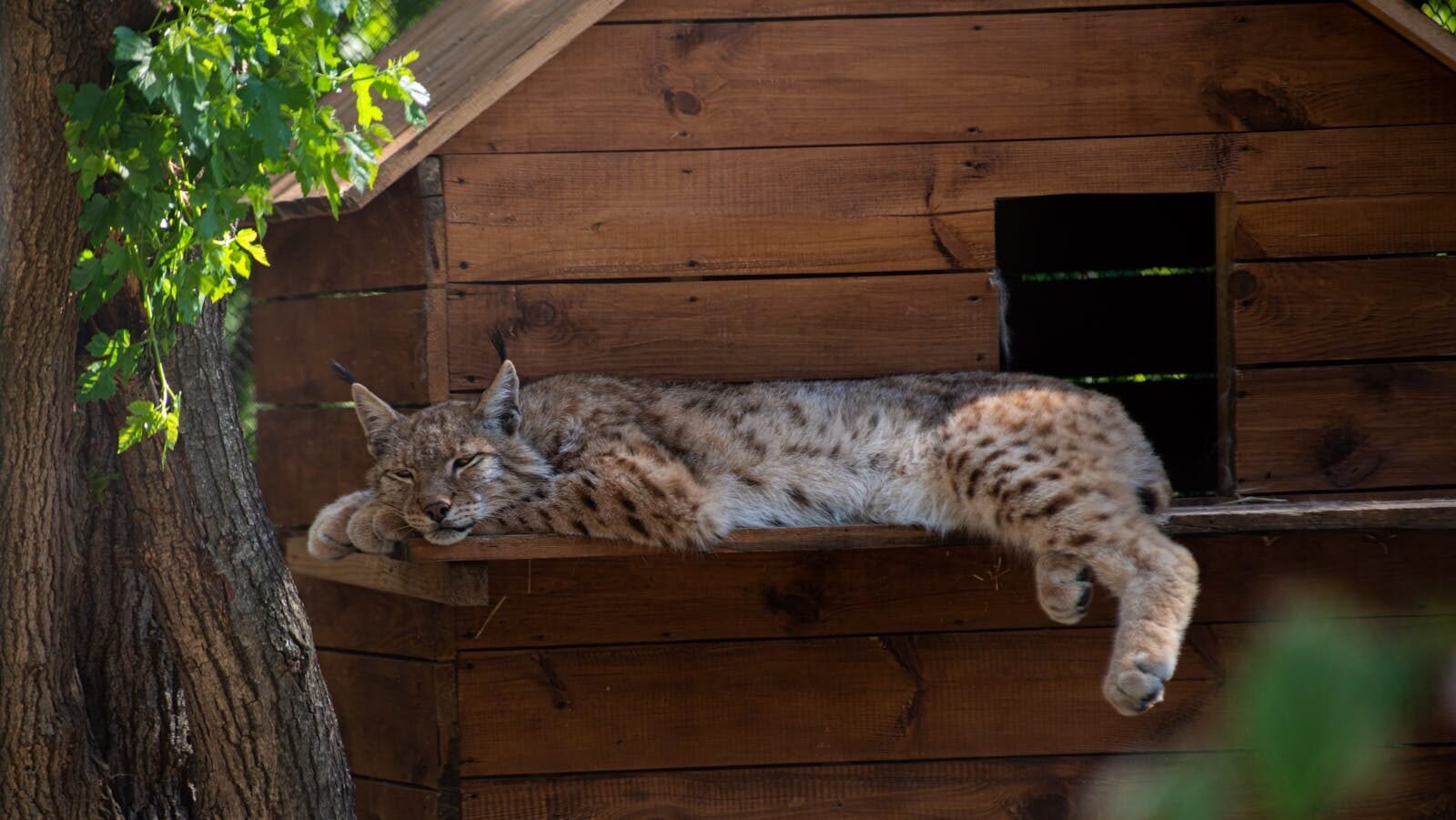
The primary goal of big cat breeding programs is to ensure the survival of the species through controlled breeding while maintaining genetic diversity. Additionally, these programs aim to raise awareness among the public about the plight of these majestic creatures and fund conservation efforts worldwide.
Success Stories to Celebrate

Several big cat breeding programs have met with notable success. One such example is the Amur leopard program, which has significantly boosted the population of this critically endangered species. Similarly, the Asiatic lion’s population growth in captivity has contributed to an encouraging increase in numbers. These stories often serve as motivational examples for continued conservation efforts.
The Role of Zoos and Sanctuaries
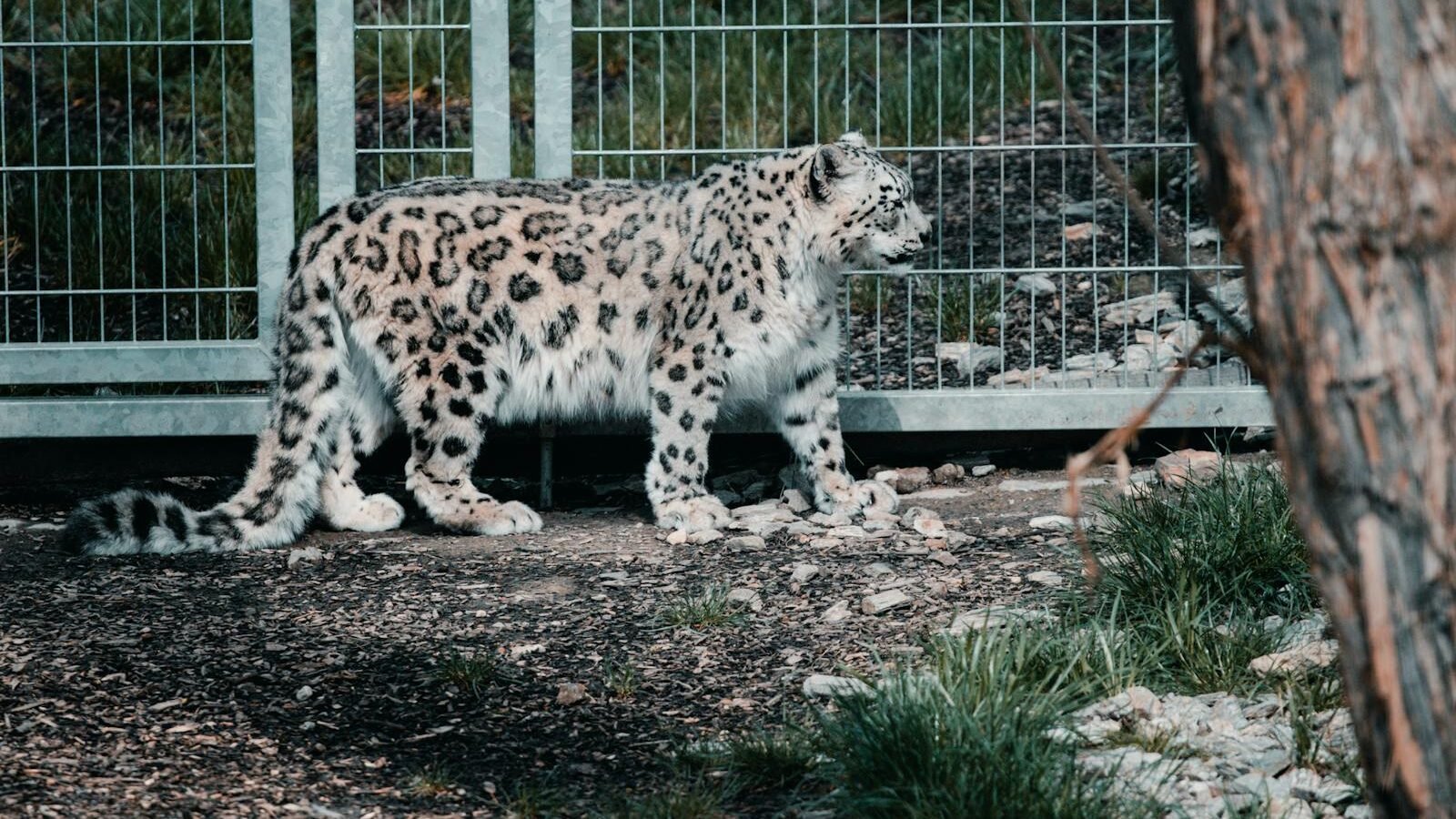
Zoos and sanctuaries play a pivotal role in big cat breeding programs, providing not only habitat and care but also the resources for scientific research. They facilitate collaborative breeding strategies and genetic analyses, contributing to international efforts to prevent inbreeding and preserve the genetic health of big cat populations.
The Ethics Debate
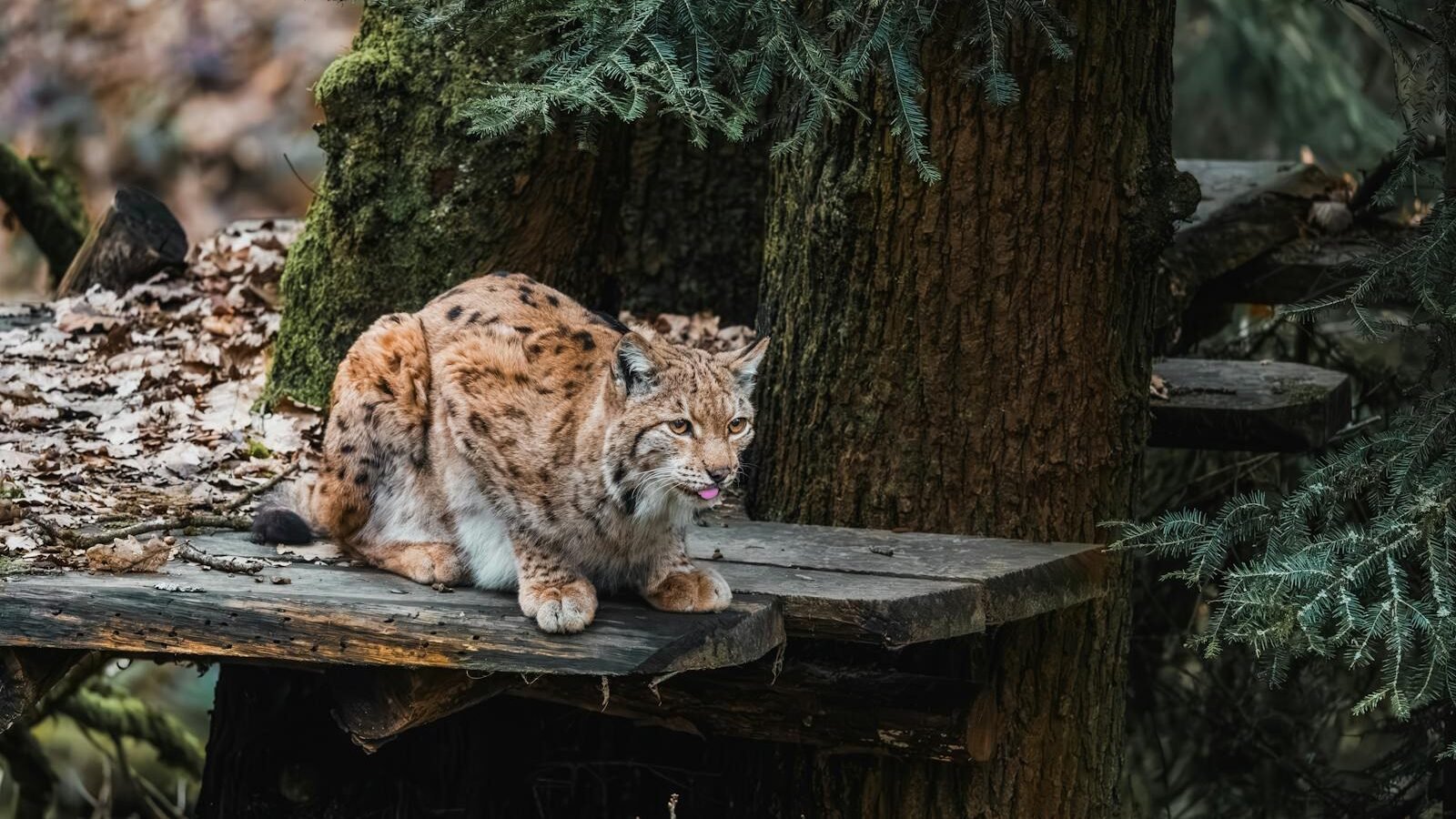
The ethics of breeding programs are hotly debated. Critics argue that these programs might prioritize entertainment over genuine conservation, with animals held in captivity rather than prepared for potential wild reintroduction. Ethical concerns also extend to the living conditions and welfare of these animals within captive environments.
Regulating Breeding Practices
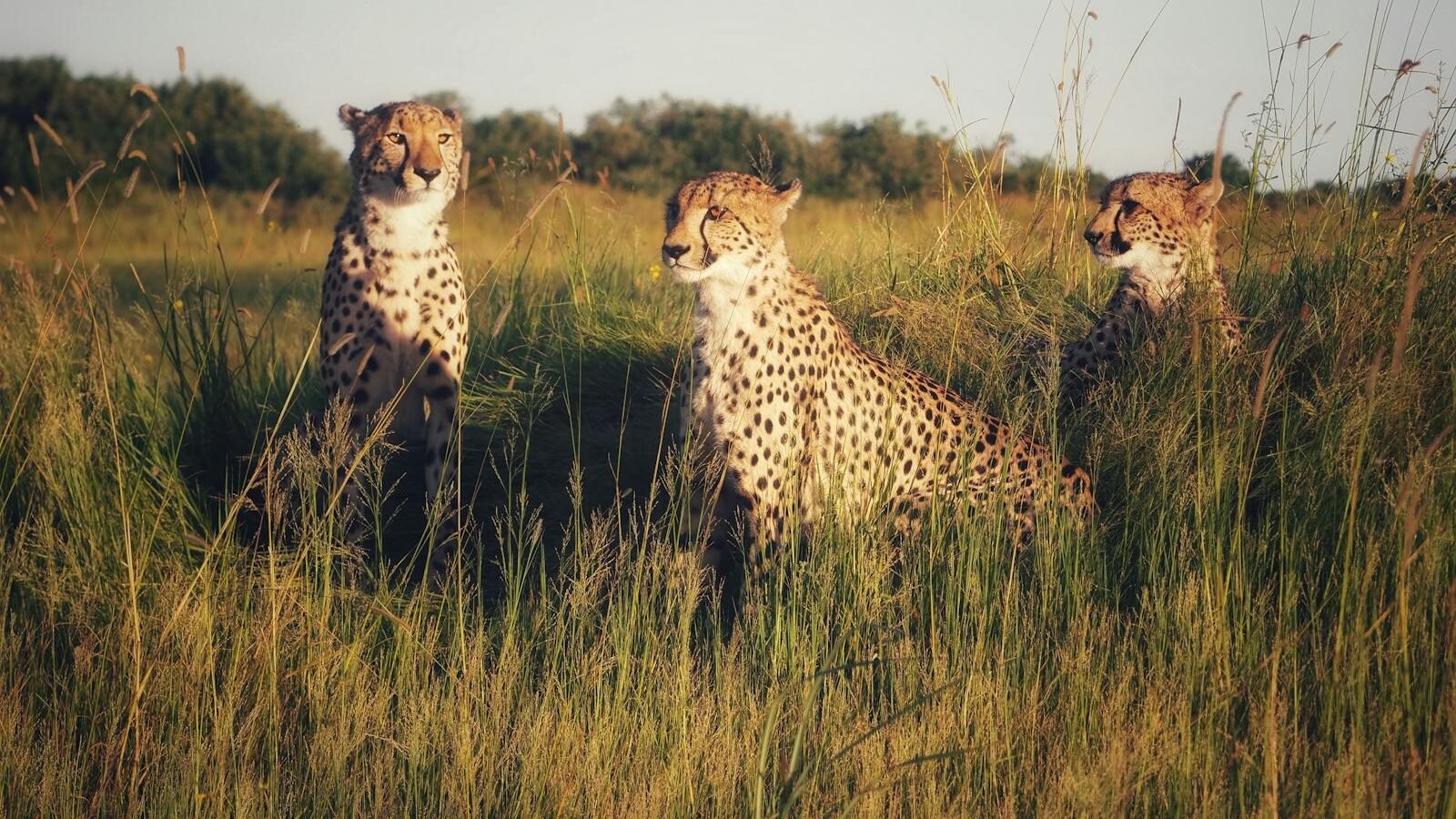
Regulations are crucial in ensuring that breeding programs operate ethically and achieve their conservation goals. Legislation and international agreements, such as the Convention on International Trade in Endangered Species (CITES), govern the breeding, trade, and management of big cats to prevent their exploitation.
Challenges in Captive Breeding
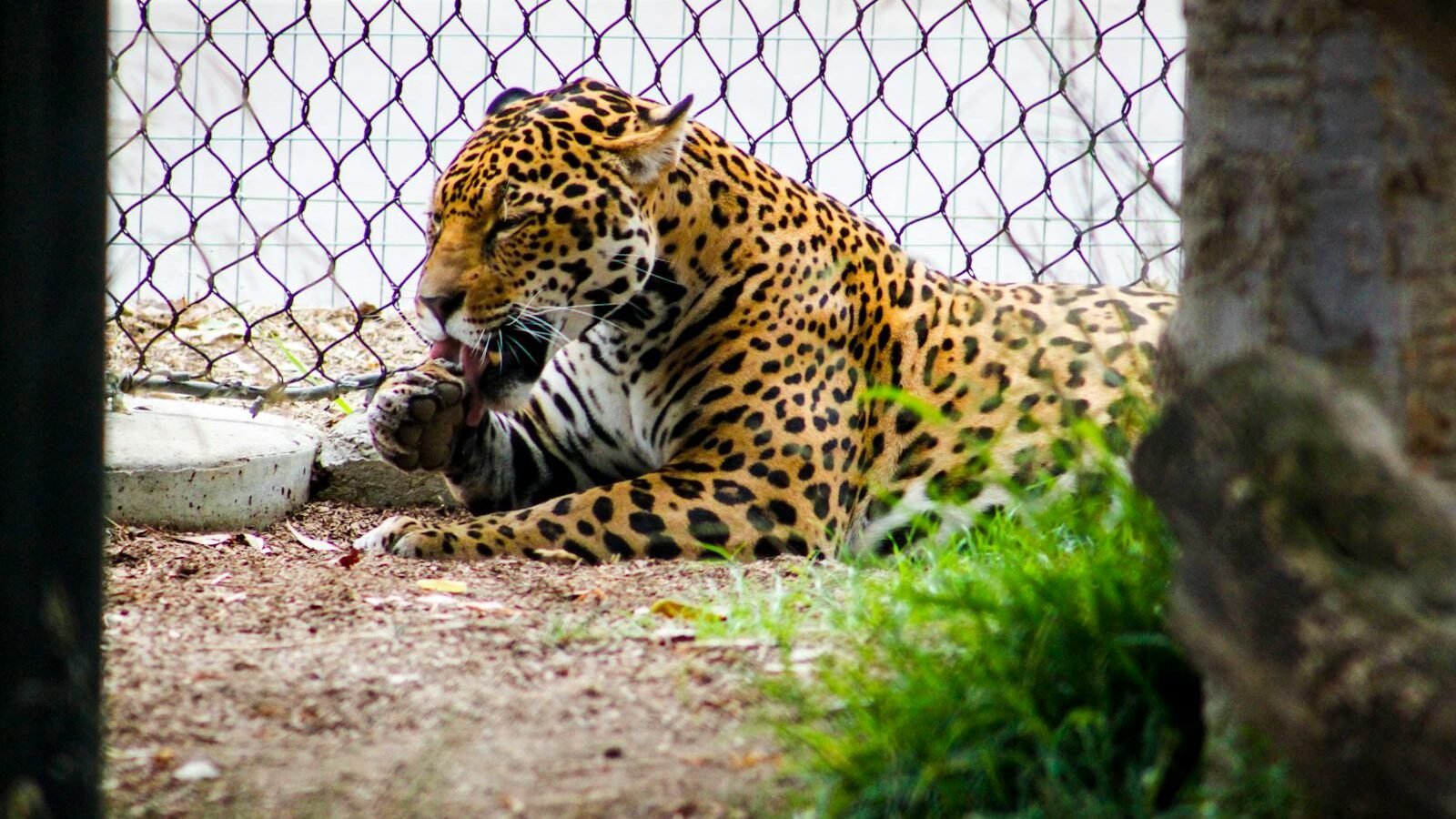
Captive breeding programs face numerous challenges, including maintaining genetic diversity, dealing with the high costs of animal maintenance, and ensuring the psychological well-being of the animals. Furthermore, the reintroduction of big cats into the wild is fraught with challenges, from the adaptability of the animals to the dangers they may face in their natural habitat.
Public Perception and Impact
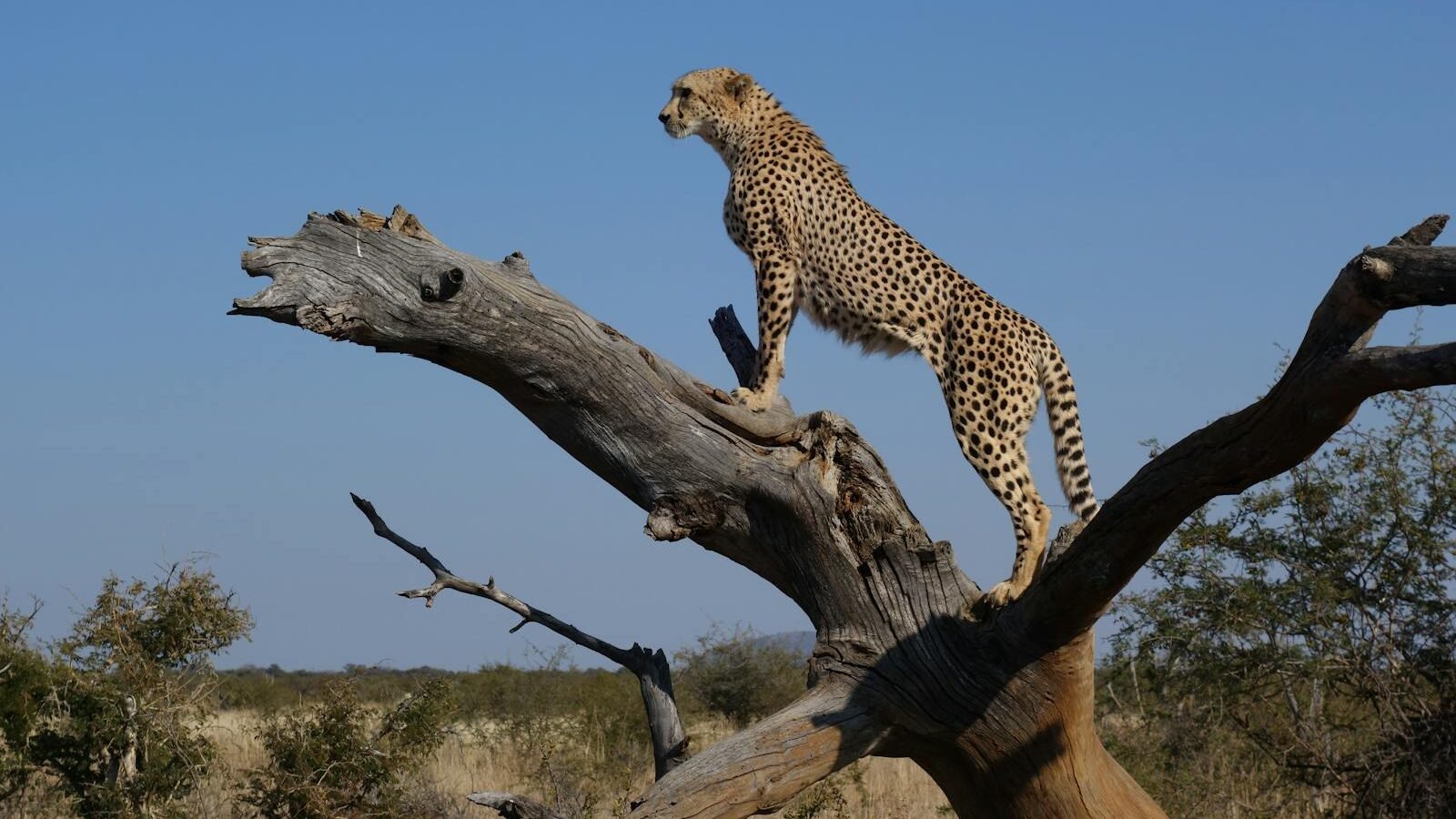
Public perception plays a vital role in the success of breeding programs. Education initiatives and awareness campaigns can significantly impact public opinion, drawing attention and funds to conservation efforts. However, negative perceptions sparked by scandals or the portrayal of breeding programs as exploitative can hinder these efforts.
Looking to the Future: Innovative Approaches
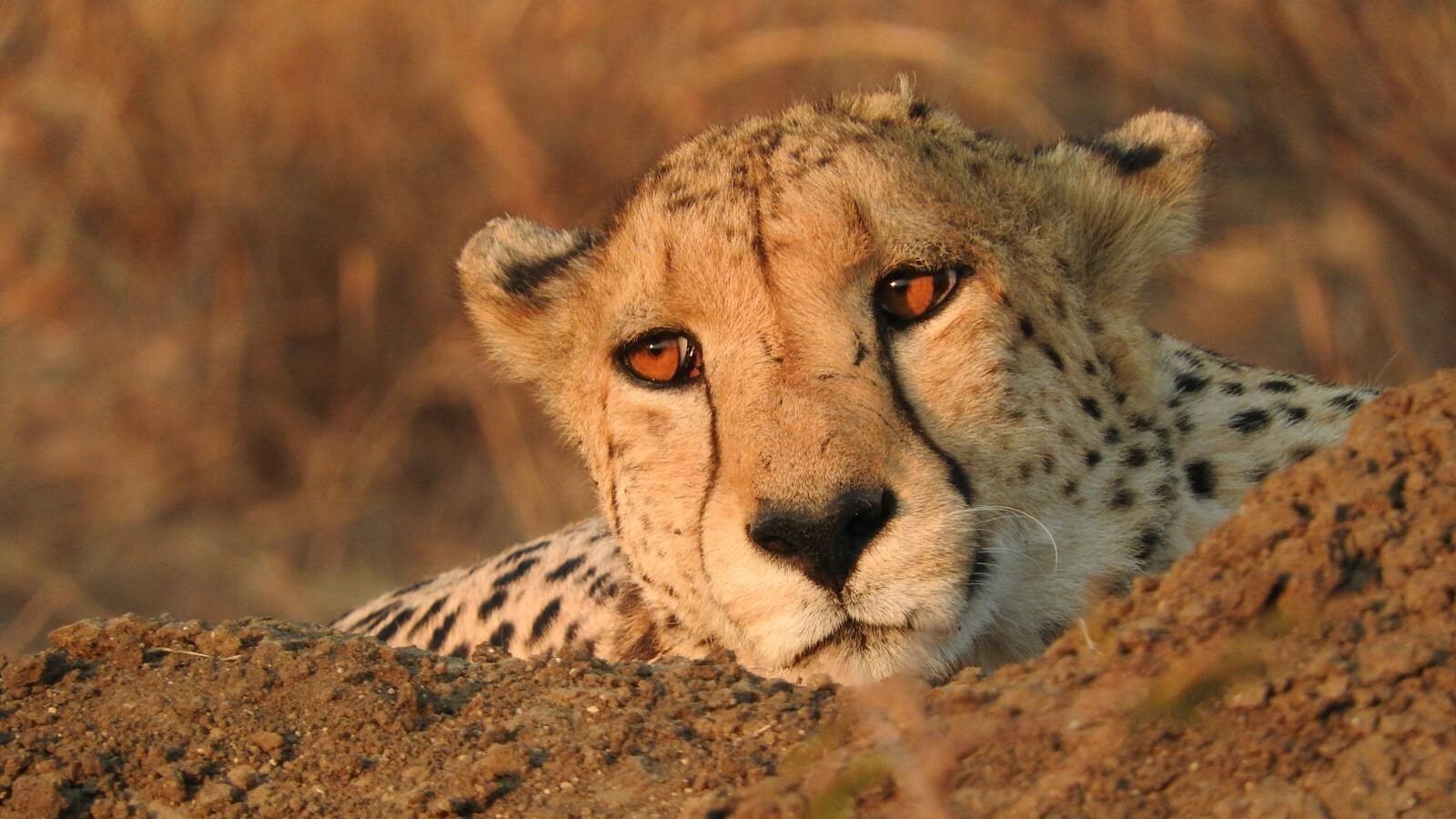
As the world becomes increasingly aware of biodiversity’s importance, breeding programs are evolving to incorporate innovative techniques, such as assisted reproductive technologies and advanced genetic research. These cutting-edge approaches are expected to enhance the effectiveness of breeding programs and bolster global conservation strategies.
Conclusion: Balancing Controversy and Conservation
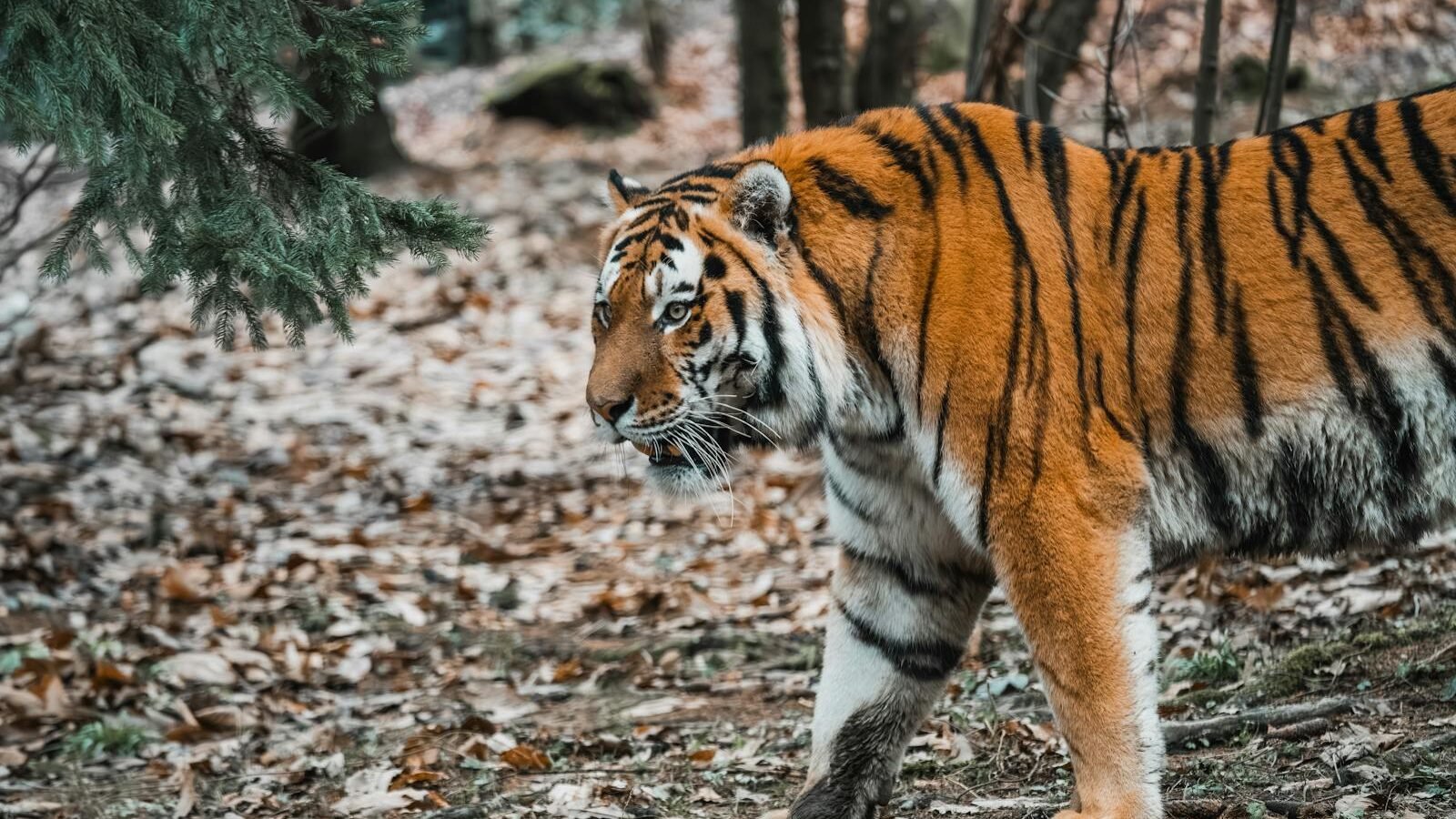
Big cat breeding programs represent a delicate balance between ethical considerations and the pressing need for conservation. While controversies persist, the successes achieved thus far underscore the potential of these programs to make significant contributions to wildlife conservation. With continued efforts, innovation, and rigorous ethical standards, big cat breeding programs can pave the way for sustainable conservation solutions.

With over a decade of experience as a dedicated cat lover and enthusiast, I specialize in writing captivating content about all things feline. My expertise shines through in creating engaging and informative pieces that resonate with fellow cat lovers. As a proud cat parent to my beloved Duston, my personal connection to the world of cats adds authenticity and warmth to my work, making it relatable and heartfelt.






